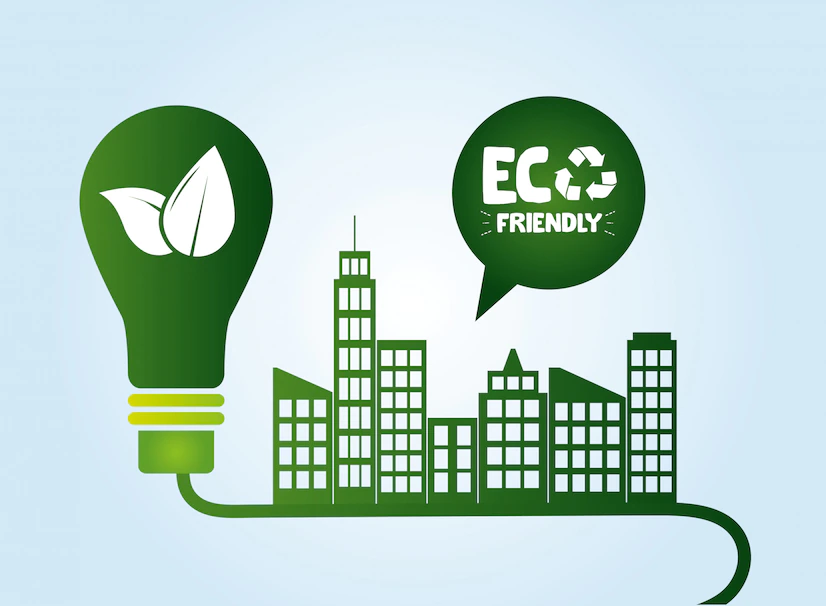Role of ecologists and architects in developing magnificent sustainable cities. Sustainable cities aid in sustainable ”development, human health, climate change, and biodiversity”.
Introduction
Kate Jones explains the role of ecologists in collaboration with architects in building sustainable cities. Her research focuses on studying the interconnection between ecological and human health. Her understanding of bats can help us derive city design that can be sustainable for humans as well as nature.
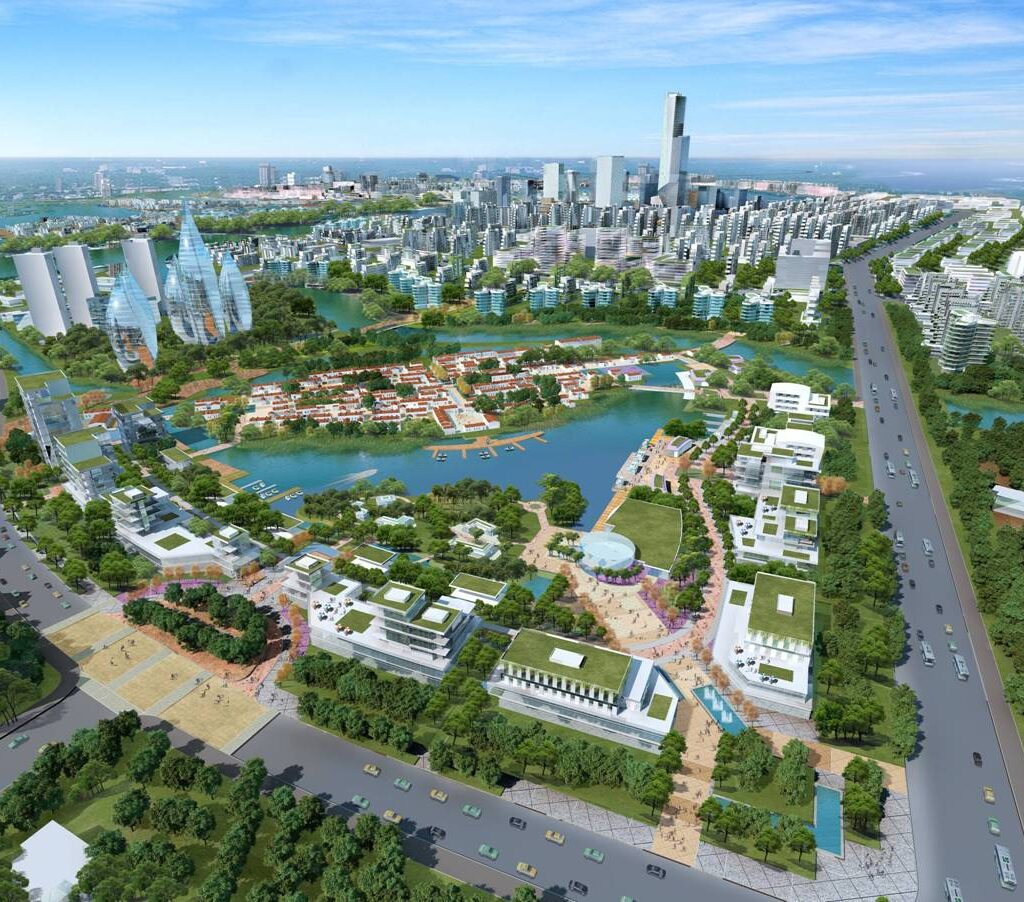
What are sustainable cities?
What are sustainable cities? The cities are designed to be self-sufficient and to function in an environmentally friendly manner. These cities aim to reduce their environmental footprint and create a more equitable and healthy environment for their inhabitants. Achieving sustainability in cities is essential for a sustainable future, and requires integrated solutions that address social, economic, and environmental challenges.
They are designed to reduce the use of non-renewable resources such as water, energy, and land, and to promote the use of renewable energy sources. They also aim to reduce pollution and waste, conserve natural resources, and promote public transportation and cycling. They also promote green spaces and public parks, as well as green buildings and green infrastructure, such as green roofs and walls.

In order to create such cities, a number of measures need to be taken. These include developing energy-efficient buildings, investing in renewable energy sources, creating green spaces, encouraging public transportation and cycling, and promoting sustainable materials and products. Additionally, sustainable development policies need to be implemented, including energy and water efficiency, waste management, and green building standards.
Finally, cities need to promote public participation and create a sense of community, as well as encourage collaborations between businesses, governments, and citizens. This will help to ensure that such cities are developed and maintained in the long term.
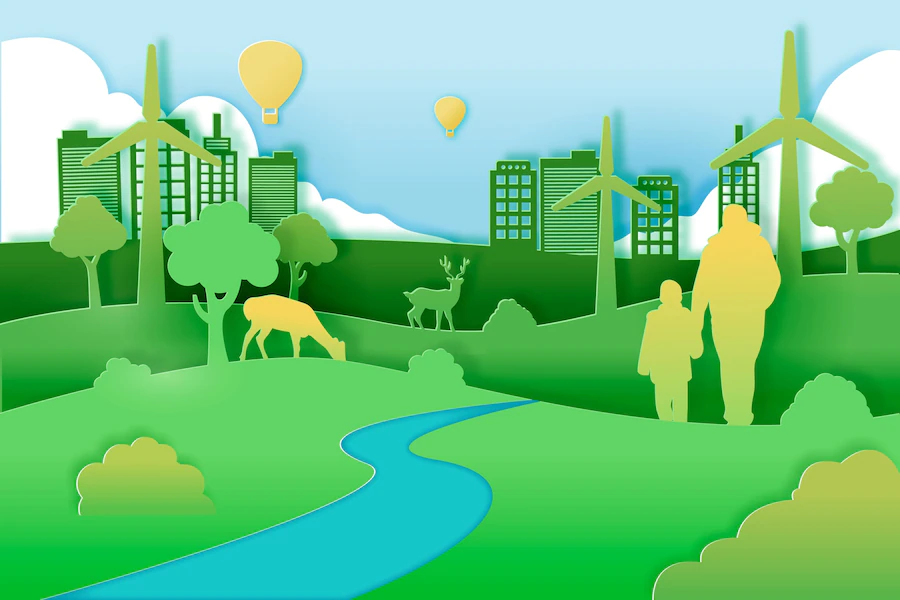
Sustainable cities are cities that are designed to be self-sufficient and to function in an environmentally friendly manner. These cities are essential for a sustainable future and require integrated solutions that address social, economic, and environmental challenges.
Importance of sustainable cities.
The importance of sustainable cities cannot be overstated. Sustainable cities are essential for creating a healthy and vibrant living environment now and in the future. Cities are places of opportunity, where people come together to create and share ideas and experiences. To ensure that cities are places of opportunity for all, it is essential to make them sustainable.
A sustainable city is one that is designed and managed to reduce its environmental impact. This means implementing policies and practices that reduce waste, conserve resources, reduce pollution and emissions, and create a positive impact on the local environment. Sustainable cities also promote social and economic equity, ensuring that all citizens have access to quality services and opportunities.

The importance of sustainable cities is that they create a healthy and vibrant living environment for citizens. Sustainable cities prioritize green spaces, efficient transport systems, and clean air. This makes cities more attractive to potential residents and businesses, resulting in greater economic development. Furthermore, sustainable cities are resilient to the impacts of climate change and are better prepared to handle future challenges.
In addition, sustainable cities are essential for protecting the environment. They reduce waste and pollution, conserve resources, and preserve natural habitats. This helps to protect biodiversity, reduce the risks of environmental disasters, and ensure a healthy planet for future generations.
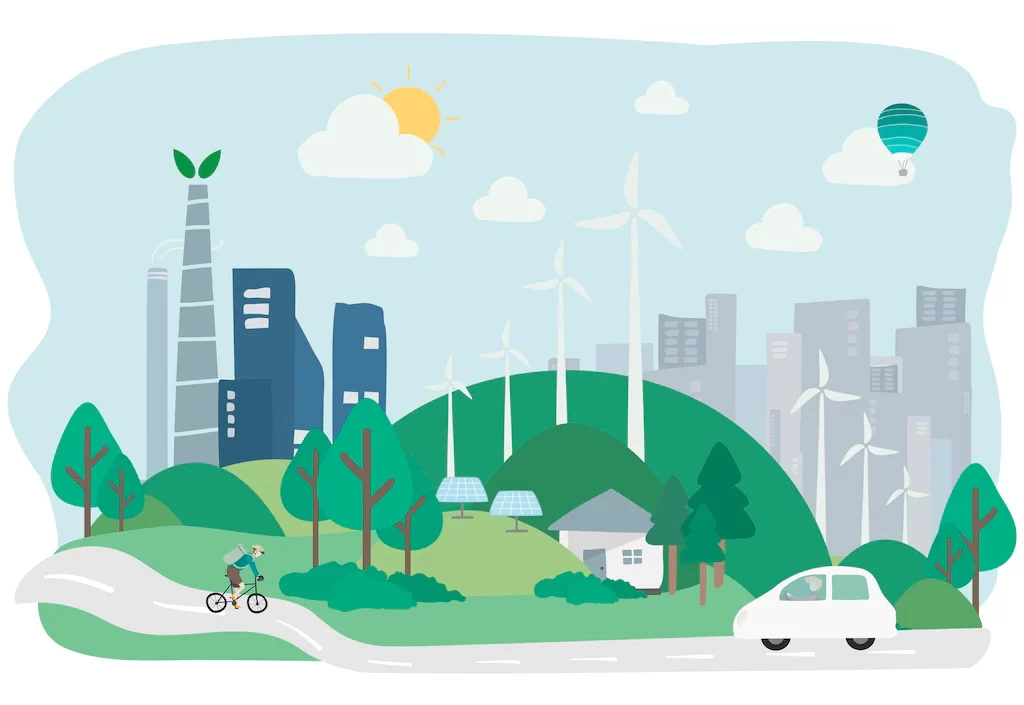
To create sustainable cities, it is essential to develop comprehensive policies and plans that focus on reducing emissions, preserving green spaces, and promoting social and economic equity. It is also important to create public-private partnerships to ensure that citizens have access to quality services and opportunities. By taking these steps, cities can become more sustainable, more vibrant, and more attractive to potential residents and businesses. The importance of sustainable cities cannot be overstated.
Interest in Bats
The interest in bats is specifically because of their long life. It is a weird creature showing a lot of unusual traits. They show 40 years of long-life span, which is greater than a mouse of the same size which lives on average only for 18 months.
Bats show an effective DNA repair system, along with the capability to fight against viruses. This indicates that viruses infecting bats are adapted to their super immune system and when such viruses enter the human system cause big trouble (pandemic for example).
The idea behind the development of sustainable cities
The idea behind sustainable city development came from the observation of biodiversity. Kate Jones tried to find out the factors responsible for promoting the transfer of pathogens to the human body by considering big models. They include socioeconomic drivers, climate change, and biodiversity. One study conducted by her in 2020 showed that human development led to diminishing biodiversity. She observed that as the landscape changed from natural to urban, the population of bats along with other mammals responsible for hosting transmissible pathogens increased[1]. The increased population of such animals indicates a high risk to human health.
For example, Lassa fever is spread by rodents. Due to changes in the environment and land use, their territory gets modified[2]. This increases the chance of humans coming in contact with them. Along with that, there is also the possibility of their urine and feces getting mixed with cropland causing the outbreak.
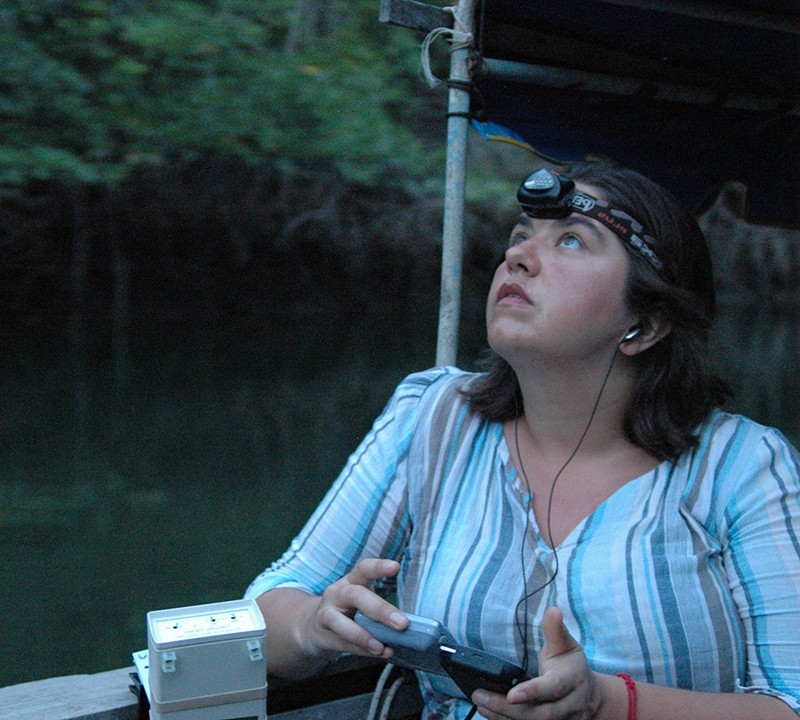
Solution- Role of ecologists and architects in developing magnificent sustainable cities
Therefore, she concluded that a holistic approach to managing the ecological system is to incorporate the natural environment into urban spaces. Collaborative work between ecologists and architects can help to achieve this objective. For example, keeping designated drainage systems, and including more trees as well as vegetation. Such cross-disciplinary projects can aid in solving biodiversity challenges.
Ongoing Research
Currently, Kate Jones has been engaged in designing the facilities at the new campus of University College London- UCL east in Queen Elizabeth’s Park. Erected bat boxes with echo sensors in them have been set up at the park. This is done to understand the health of the bat population to predict the health of the environment.
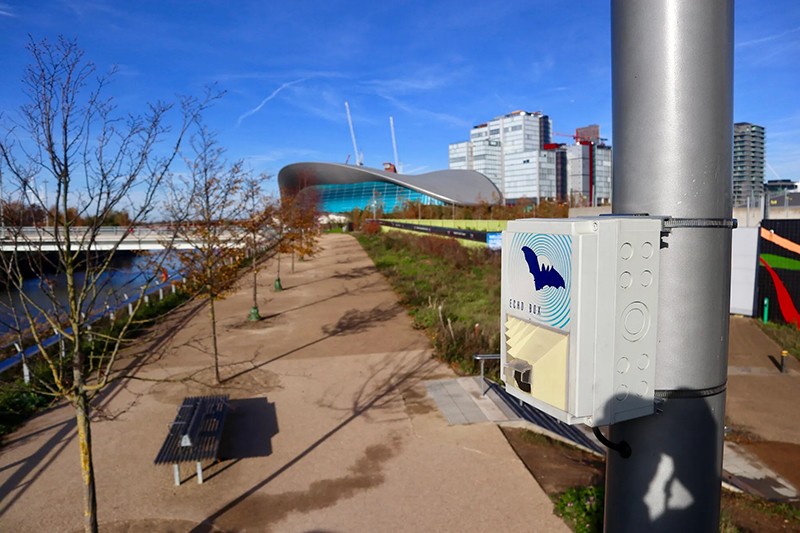
An ultrasonic monitor attached to the bat monitor captures the soundscape and displays it in the form of a spectrogram. Using artificial intelligence sounds of individual species can be identified and monitored over the desired period to understand population trends.
The information mentioned above is referred from an article published in the Nature journal [3].
Future of Sustainable Cities
The Future of Sustainable Cities is one of the most exciting prospects of the modern world. We all know that the current state of our environment is not in very good shape and that the future of our planet is dependent on our ability to create sustainable cities. These are cities that are designed and built to reduce their ecological footprint and conserve natural resources. In the coming years, these cities will be at the forefront of the fight against climate change.
The Future of Sustainable Cities is about creating cities that are environmentally friendly and use renewable energy sources. These cities will be able to reduce their reliance on fossil fuels and instead use renewable energy sources such as solar, wind, and geothermal energy. They will also be able to reduce the amount of waste they produce and promote recycling. This will help reduce the number of greenhouse gases being released into the atmosphere, thus helping to slow down global warming.

The Future of Sustainable Cities is also about creating cities that are more livable. These cities will have efficient public transportation systems, efficient waste management systems, and green spaces. They will also provide access to quality healthcare and education. In addition, they will have sustainable economic development and will attract businesses and industries that are environmentally friendly.
The Future of Sustainable Cities is an exciting prospect, and it is important that we strive to create cities that are eco-friendly and sustainable. If we are able to achieve this, we will be able to create a healthier and more sustainable planet for generations to come. We must all work together to ensure that the Future of Sustainable Cities is a reality in the years to come. The Future of Sustainable Cities is a bright one, and we must all do our part to make sure that it happens.
References
- Gibb, R., Redding, D. W., Chin, K. Q., Donnelly, C. A., Blackburn, T. M., Newbold, T., & Jones, K. E. (2020). Zoonotic host diversity increases in human-dominated ecosystems. Nature, 584(7821), 398–402. https://doi.org/10.1038/s41586-020-2562-8 Zoonotic host diversity increases in human-dominated ecosystems – PubMed (nih.gov)
- Redding, D. W., Moses, L. M., Cunningham, A. A., Wood, J., & Jones, K. E. (2016). Environmental-mechanistic modelling of the impact of global change on human zoonotic disease emergence: a case study of Lassa fever. Methods in Ecology and Evolution, 7(6), 646–655. https://doi.org/10.1111/2041-210X.12549 Environmental‐mechanistic modelling of the impact of global change on human zoonotic disease emergence: a case study of Lassa fever – Redding – 2016 – Methods in Ecology and Evolution – Wiley Online Library
- Pells, R. (2022). What bats can teach us about urban design. Nature, 608(7923), S28–S29. https://doi.org/10.1038/D41586-022-02216-7 What bats can teach us about urban design (nature.com)

